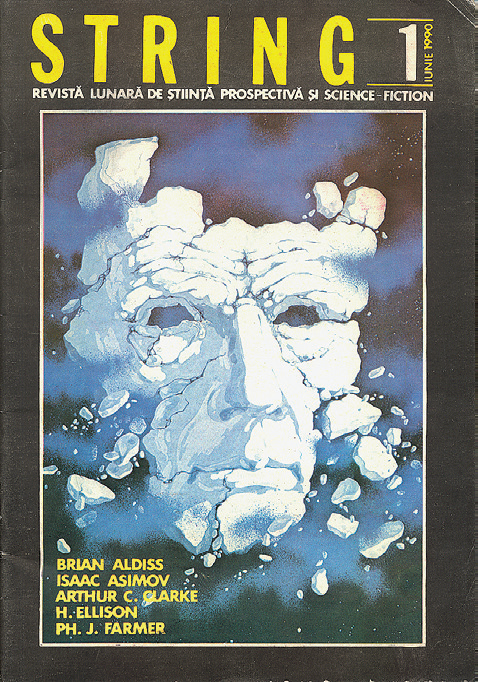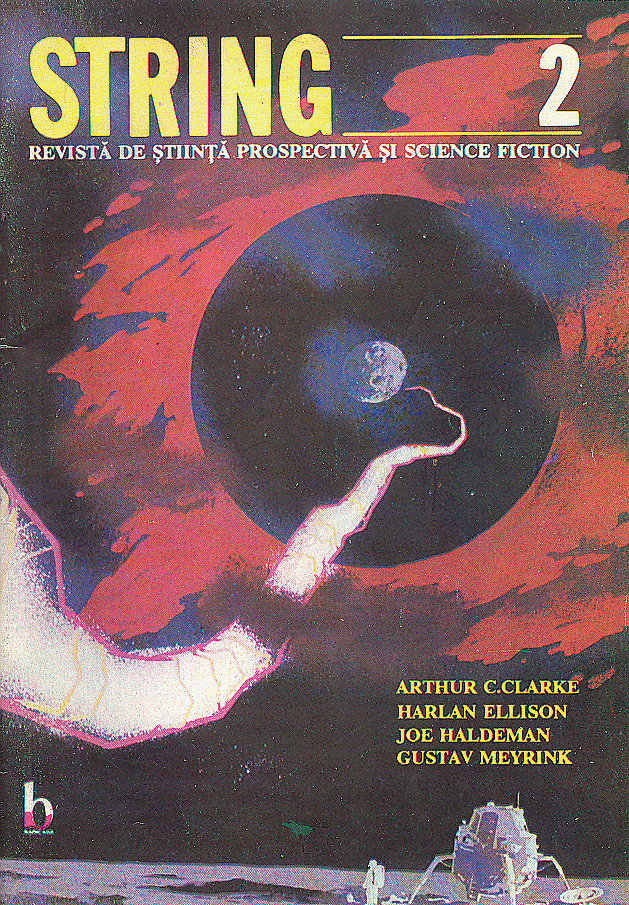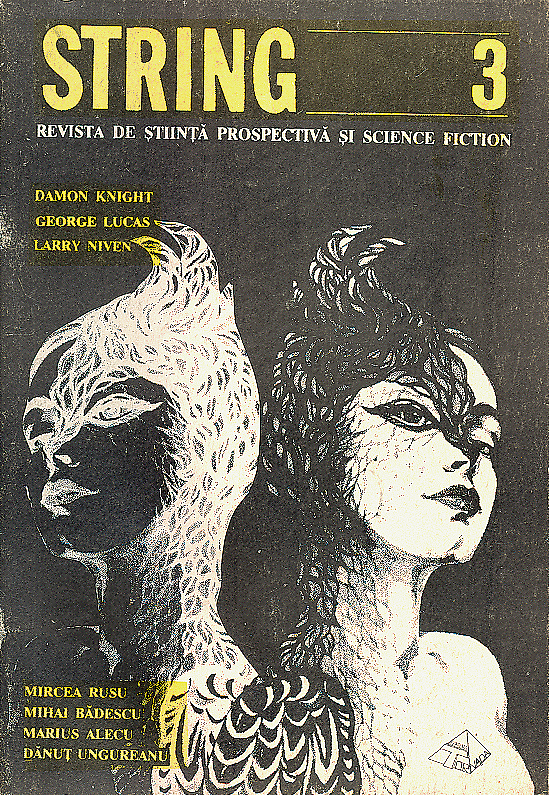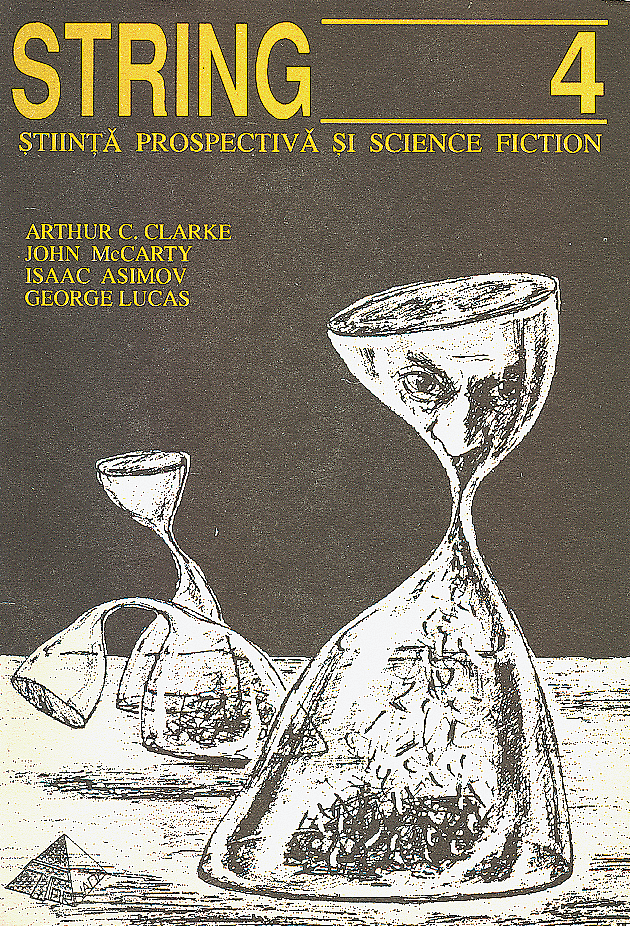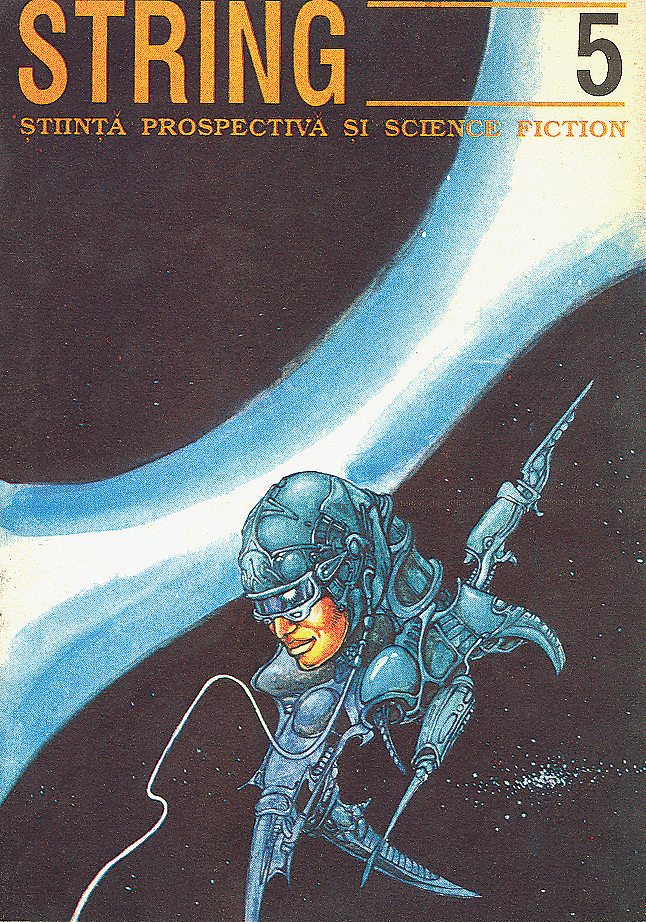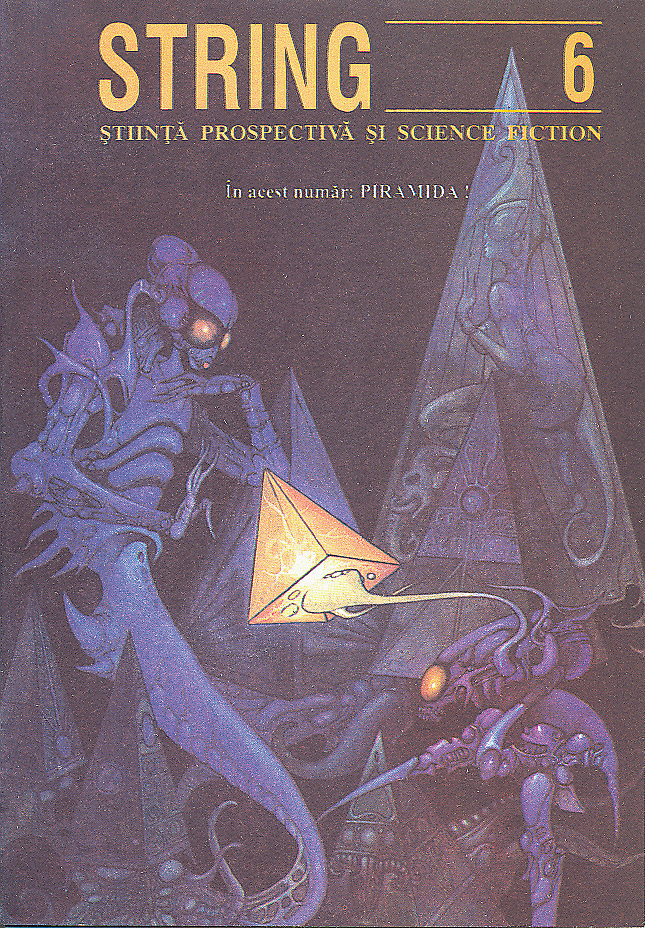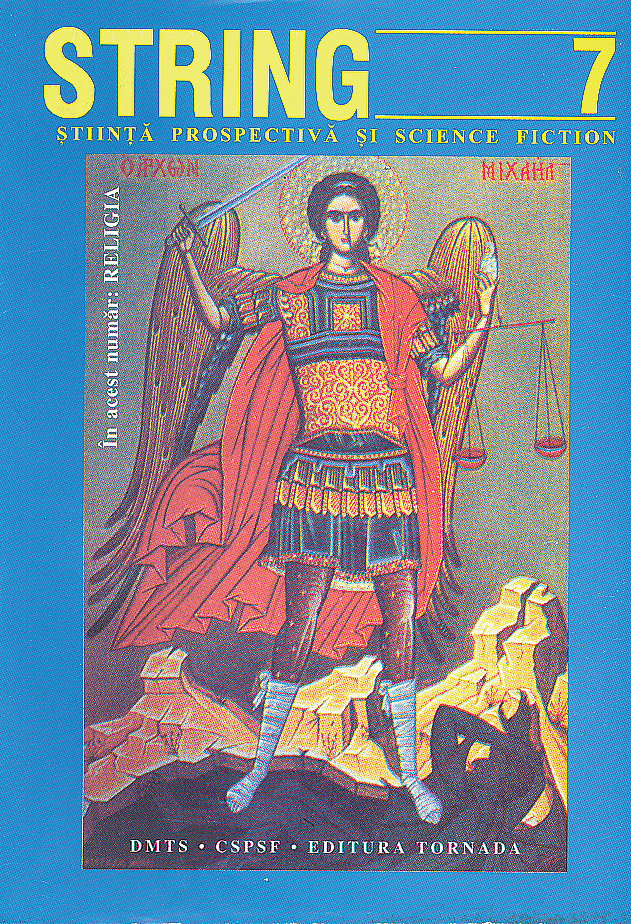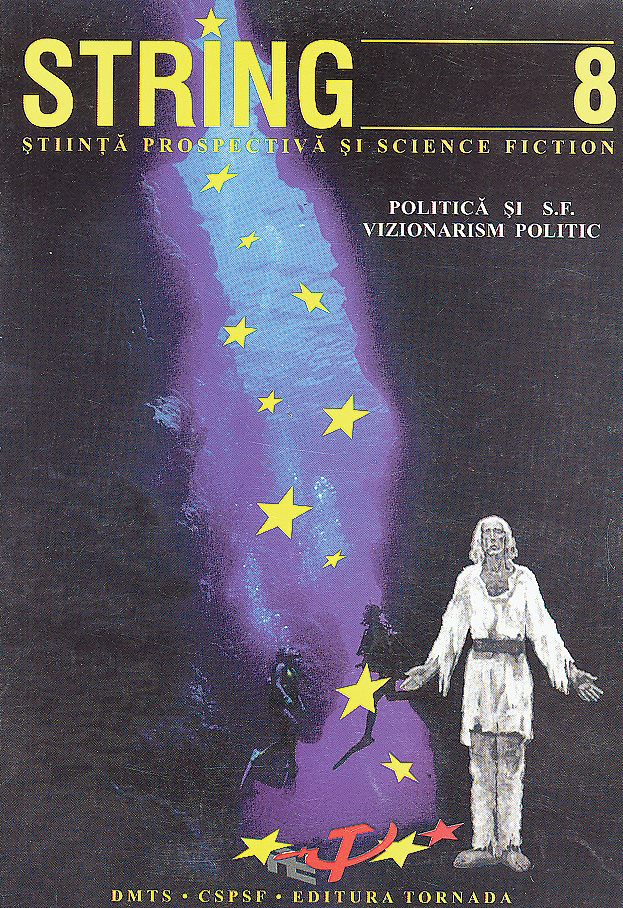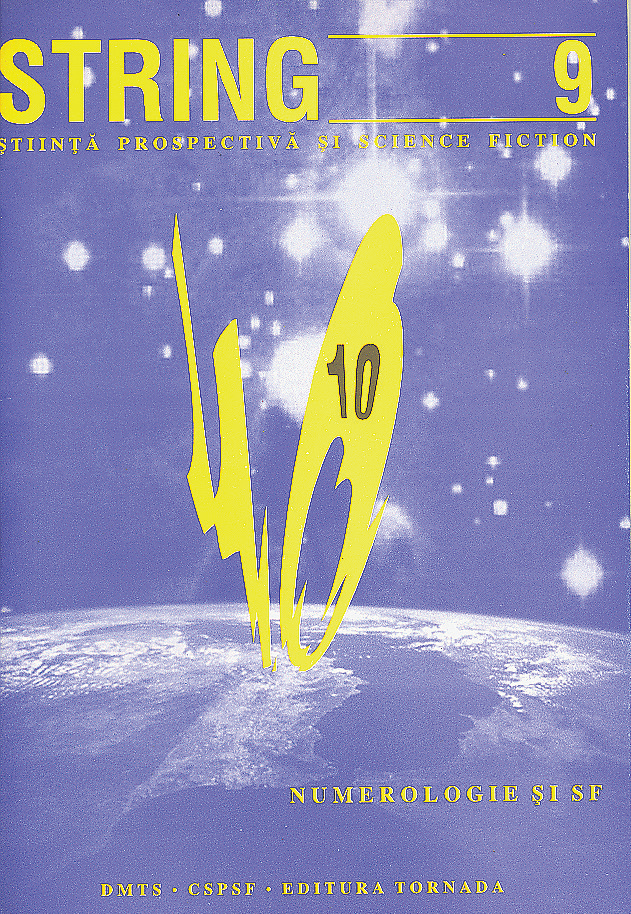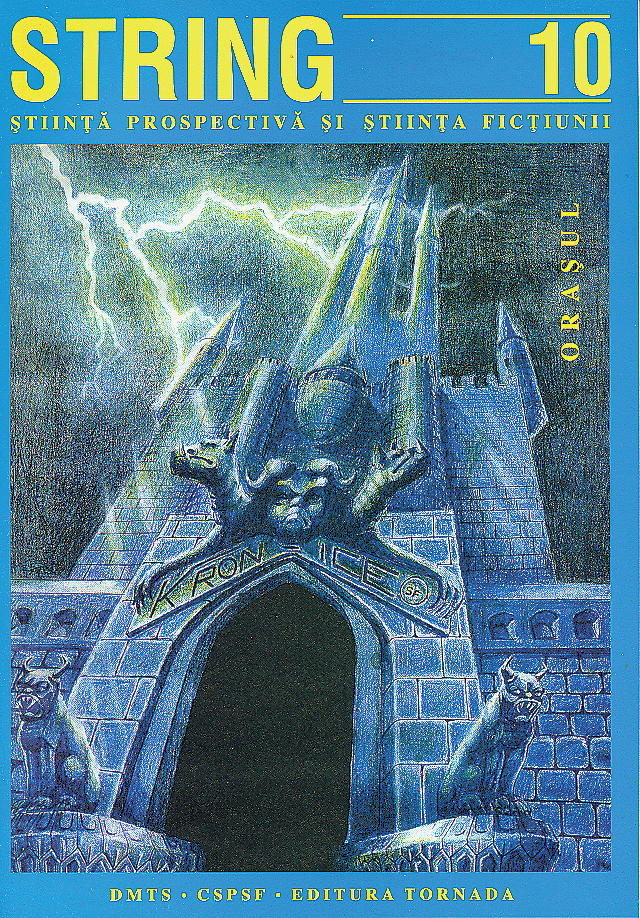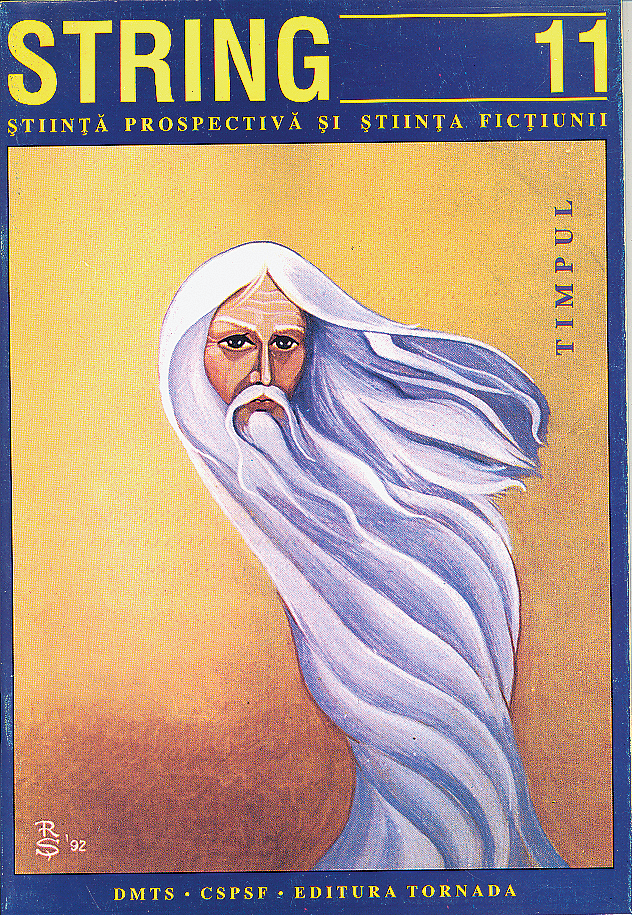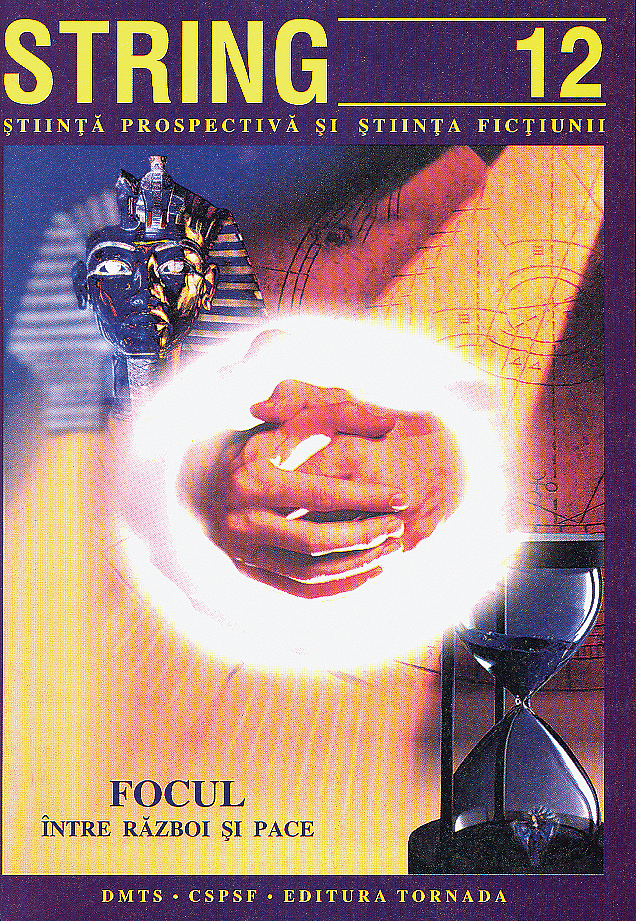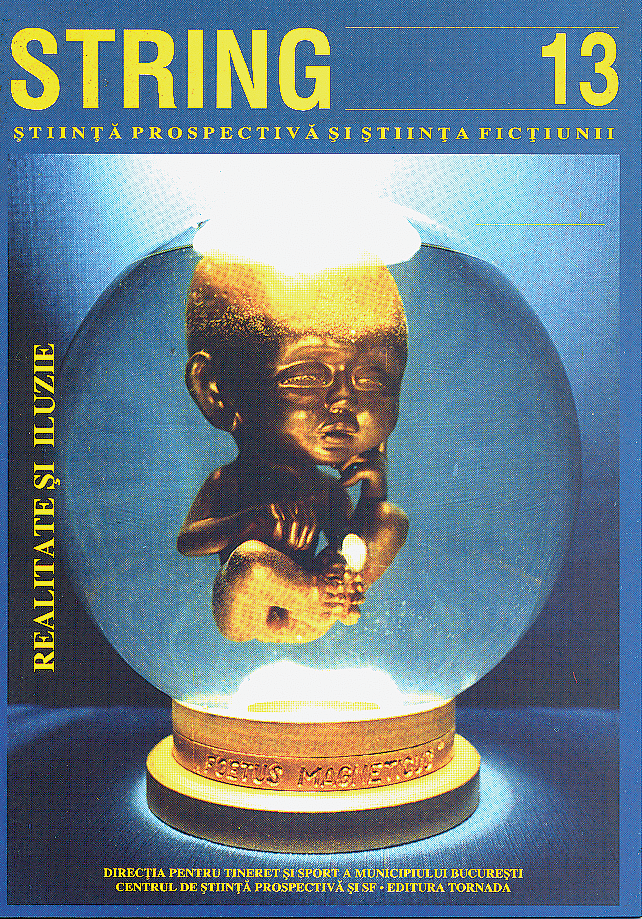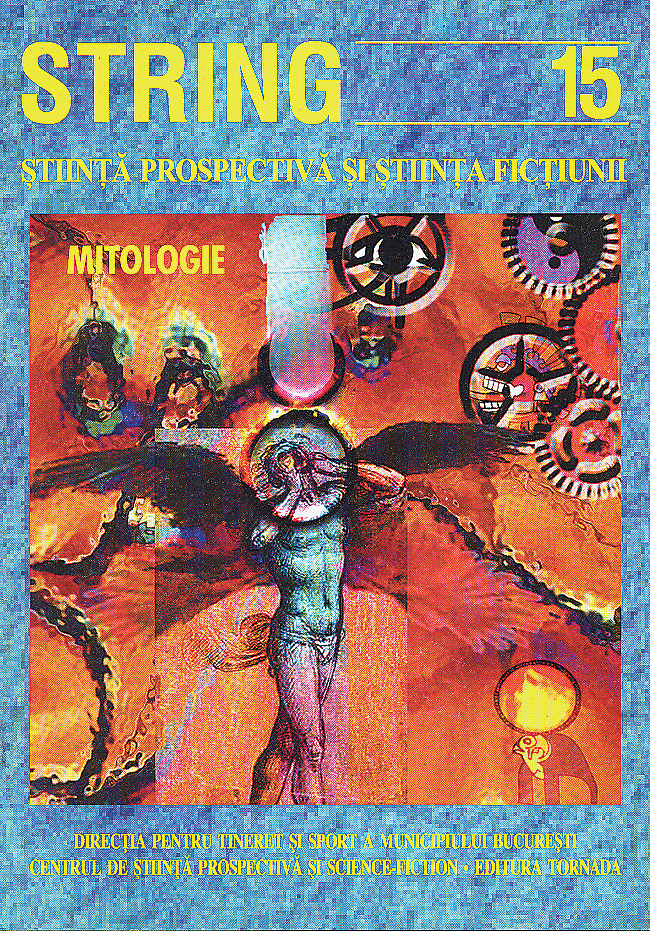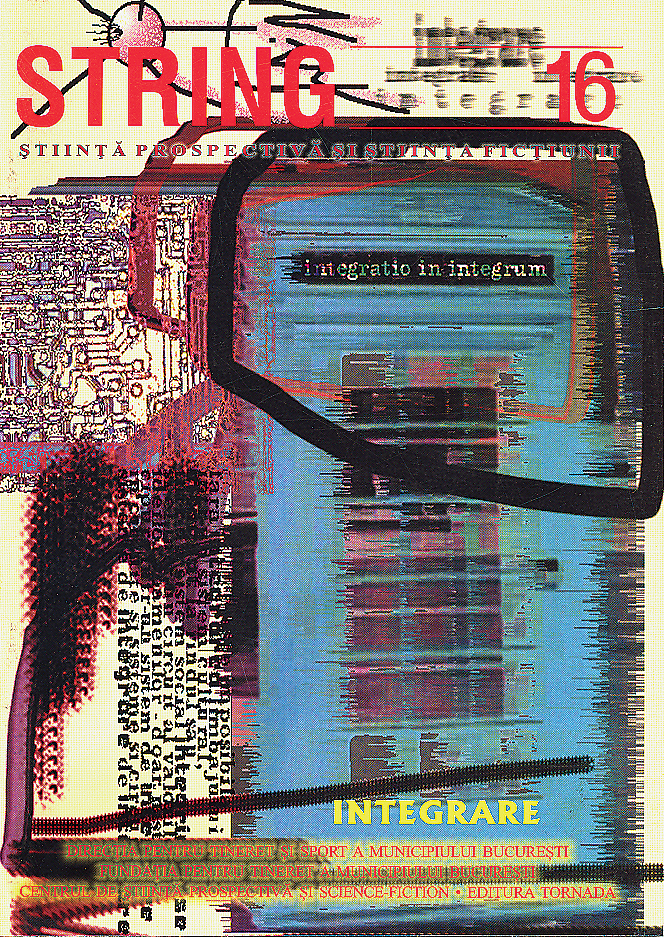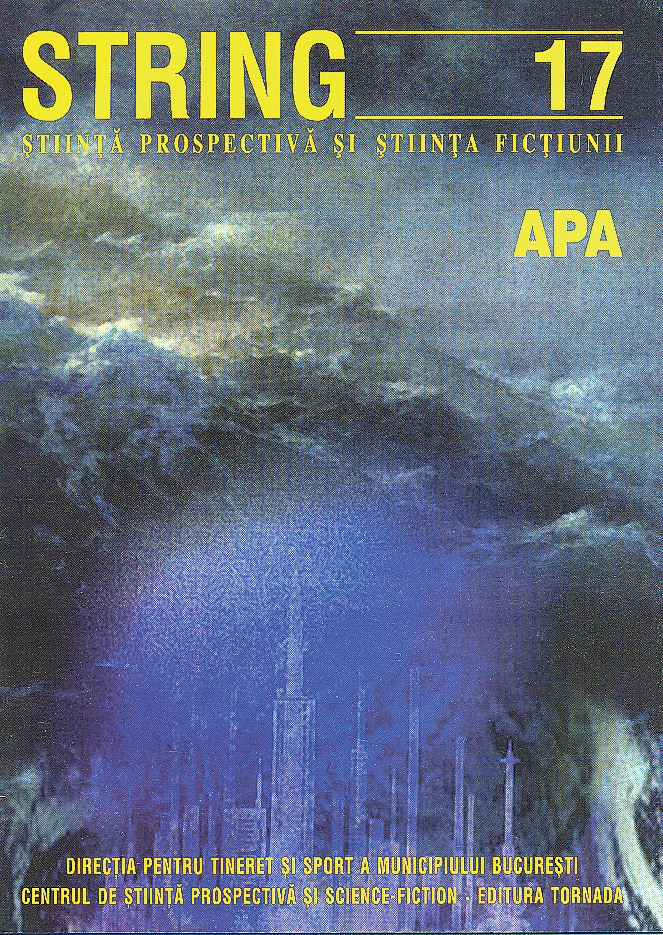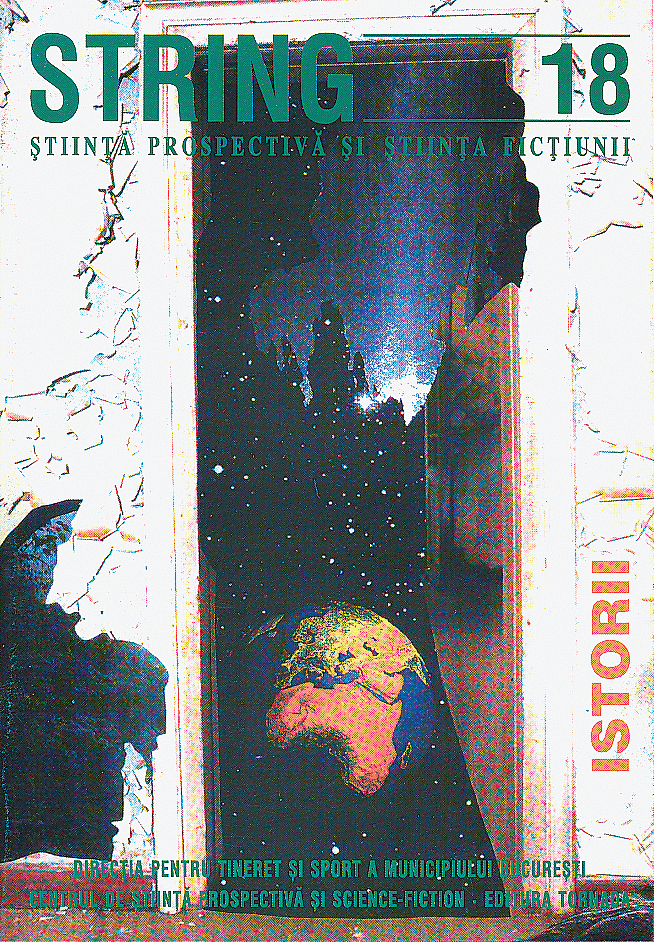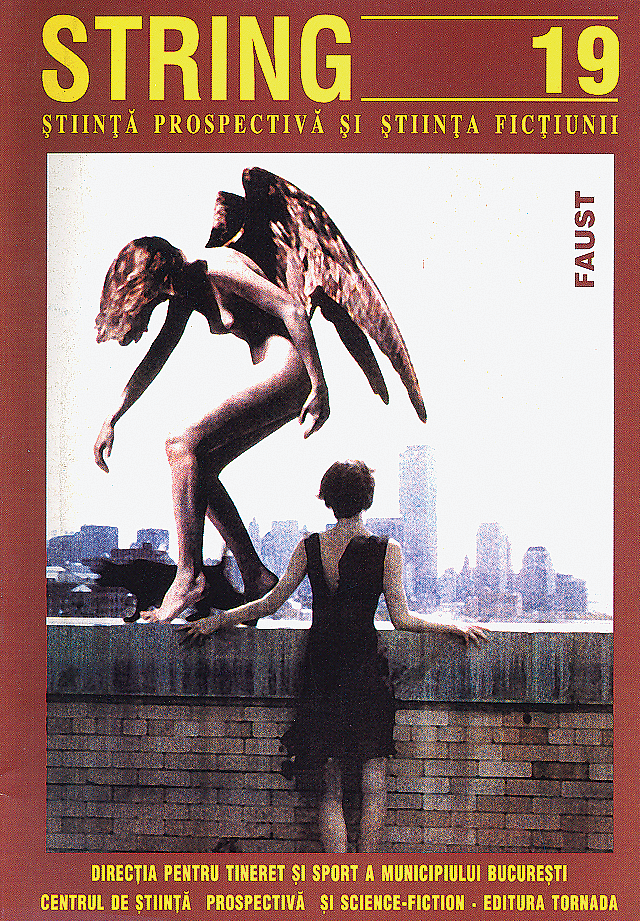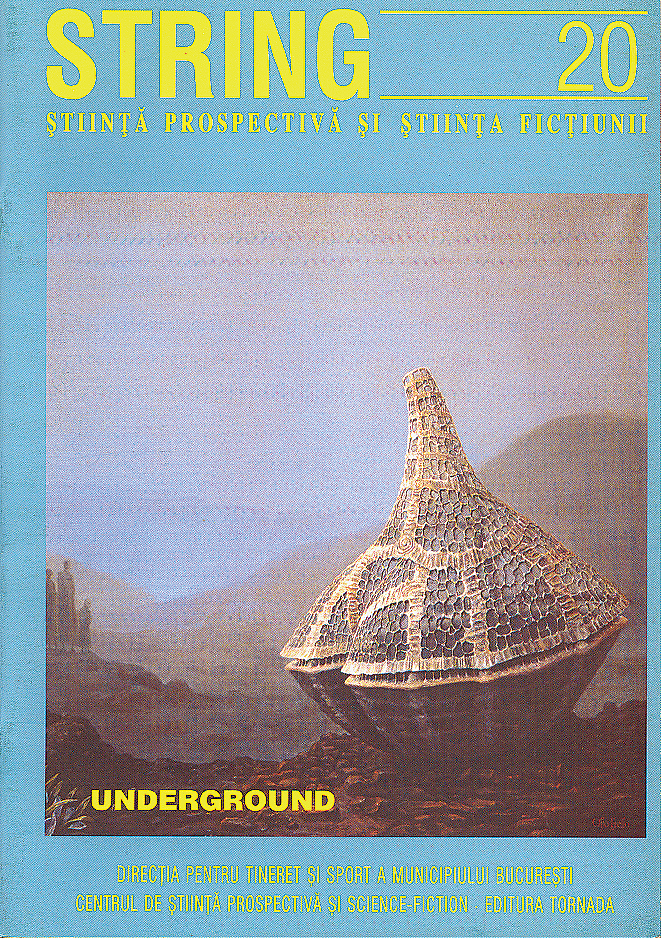Foreword
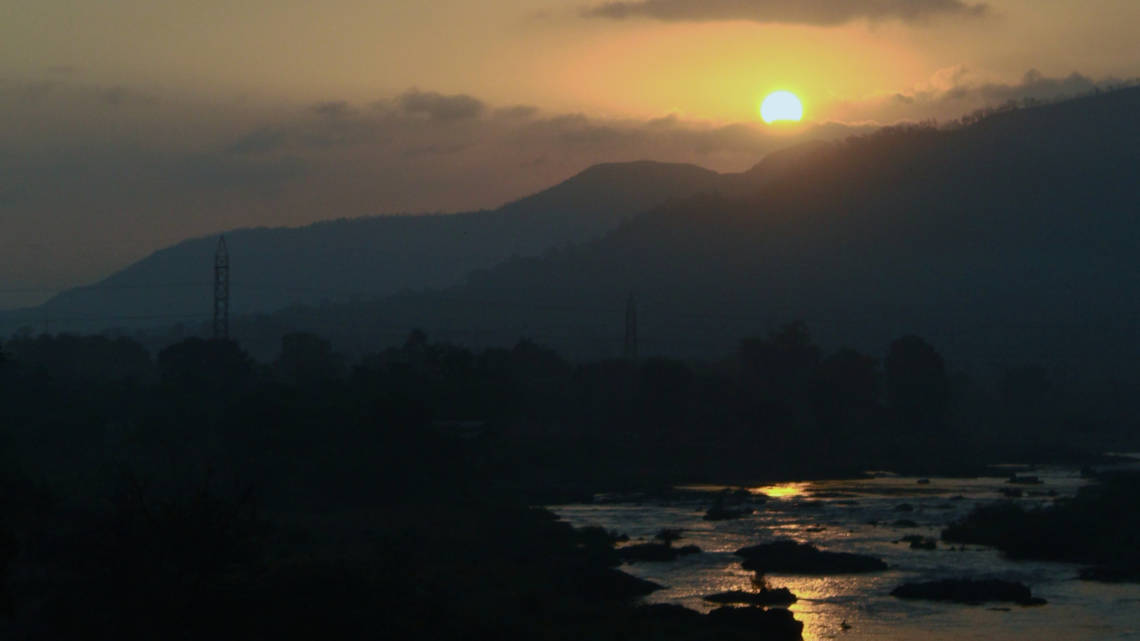
Fantasy worlds are not a creation of modern literature; on the contrary, they are part of the first creations of man, when he began to get the taste for stories and mysteries. The fantastic not only designates a space located beyond the earth, as it would seem at first glance, but especially one that could be anywhere, but nowhere in particular, a realm of fantasy, of gods and monsters, of people on the edge of civilization, of heaven and hell, of the mythical, of limitless imagination, of the untrue, but also one of research, prospective science and the future.
The connection between science and literature is much older than it would seem at first glance. Thus, part of the scientific treatises of the Middle Ages came to fuel the SF literature of the 19th and 20th centuries, as we will see happened with the Physiologist. Later, however, the SF current, including not only literature itself, but also all the imaginary represented in films, comics, etc., ended up taking it before scientific research, giving rise to inventions that changed the face of our civilization. In other words, the creative imagination of the writer enhanced the inquisitive spirit of the scientist. Numerous examples of this kind are known, not only Jules Verne's rocket and submarine, but also mobile phones, computers, the first steps on the moon, the International Space Station, space suits, space vehicles, organ transplants, climate change (from "Hurricanes" by John Barnes) and many others. Of course, hard science evolved around scientific ideas, much harder to put into practice, but still possible in a certain future.
Everything that means mythological and fantastic is mostly related to the spaces beyond the surface of the Earth, even if not from outer space, but from under the earth, as they were seen at the beginning, if we were to think about the first mother goddesses, representations of the earth, the first agrarian rituals and especially the first representations of Heaven and Hell, located both under the earth, both in Hellenistic antiquity and later, in Christianity, when Dante Alighieri proposed an hourglass model of the afterlife, in which the subterranean Hell and Heaven communicated with each other. Science fiction literature is tributary, more than we would think, to these ideas and images, which it treats in a modern way, twinning them with prospective science.
Many would be surprised to read The Physiologist (a textbook of fantasy zoology) and discover grids or pairings of fantastic animals. Perhaps the rhinoceros, the griffin and the dung beetle would be known to him, but he would certainly have difficulties in recognizing the basilisk, the calandrion and the asp, even if he had met them before in many of the heroic fantasy writings, but under a different name. The animals that populate the worlds of Ursula K. Le Guin are the variants of much older models, produced through a double spatial and temporal overlap through which the creations of antiquity meet, elaborating new creations, new ways of merging within a type of literature (considered underground by some critics) which continues, however, feeding to a greater extent than the mainstream, from the models of the Middle Ages and antiquity, but also from the latest scientific research. The man-eating ants from the History of Alexandru Macedon, but also from the Kings of the Sands (G. R. R. Martin), the ogres with one eye in their foreheads, rendered now in a more technical but equally expressive manner, the monsters with a human head and a dog's head, reminiscent of some combinations created by the writers of the cyberpunk current, the people with horse bodies became motocentaurs (from Ionuț's graphics Bănuță), and last but not least, aliens, mutants, telepaths, people with supernatural powers, are just as many examples that remind of the ancient models of the genre.
These exercises of the imagination combine with stories about the underground worlds, giving rise to new writings, which, with their modern air, seem to defy the texts from which they came. Some cyberpunk and steampunk stories are based precisely on these texts which are now part of a database to which we all relate.
The schemes of the itinerary full of miraculous events, of places where nothing is usual, of strange people and fabulous animals, do not cease to attract, regardless of whether they are found in fantasy literature or science fiction, on the space stations of the future.
Serge Brussolo's character (The Iron Carnival), David, also goes on a journey that seems detached from baroque literature, the one who heads to the City of Oracles to obtain his youth and the right to take part in an adventure that takes him to a world full of creatures detached as if from the props of the Physiologist, or, as the author himself confesses, from the paintings of Hieronymus Bosch. The iron carnival is a modern variation on the motif of traveling to exotic lands, where the character meets fish-men, bird-men, seas made up of dwarves who help ships navigate by passing them from hand to hand. The same prop of the Middle Ages, which at that time probably represented cutting-edge science, and which was given a modern face, crosses the barrier of time. The current SF is therefore an amalgam of ideas and images, some very old, but also of scientific "inventions" that are waiting to find their place in the modern world, boosting research.
Of course, some sci-fi ideas, fashionable a few decades ago, remained only between the pages of books, despite all the efforts of researchers. The flying car is still in the project phase, and time travel does not seem to be possible until the future, on board a spaceship traveling at the speed of light, as Stephen Hawking claims. Also, the implants of cyberpunk literature have only found their way into our lives to a small extent, while teleportation is still far from transporting people and objects.
The String anthology features diverse texts, from fantasy to science fiction, by equally diverse writers. It is a message that is passed down from generation to generation, from those who wrote and published in the 80s (Mihai Grămescu, Aurel Cărășel, etc.), who debuted in the 90s (Cotizo Draia, Florin Pîtea, Costi Gurgu, etc.) to those who started writing after 2000. The anthology also includes a section dedicated to young writers, both those who are now entering the literary world and those who have published, but still in the early stages. A section of non-fiction comes to complete the image of this area less visited by literary criticism — the Romanian SF. Regardless of age and preferred subgenre, Romanian SF writers create worlds, generators of new scientific ideas or not, but which remain areas where anything is possible, as long as we accept the play of imagination and the convention of unusual spaces, hidden in the shadow of reality.


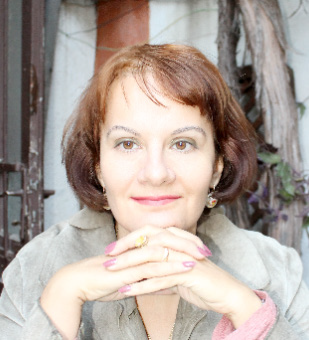
 Română
Română Deutsch
Deutsch English
English Español
Español Esperanto
Esperanto Français
Français Italiano
Italiano Latīna
Latīna Português
Português 中文(简体)
中文(简体) 日本語
日本語 한국어
한국어